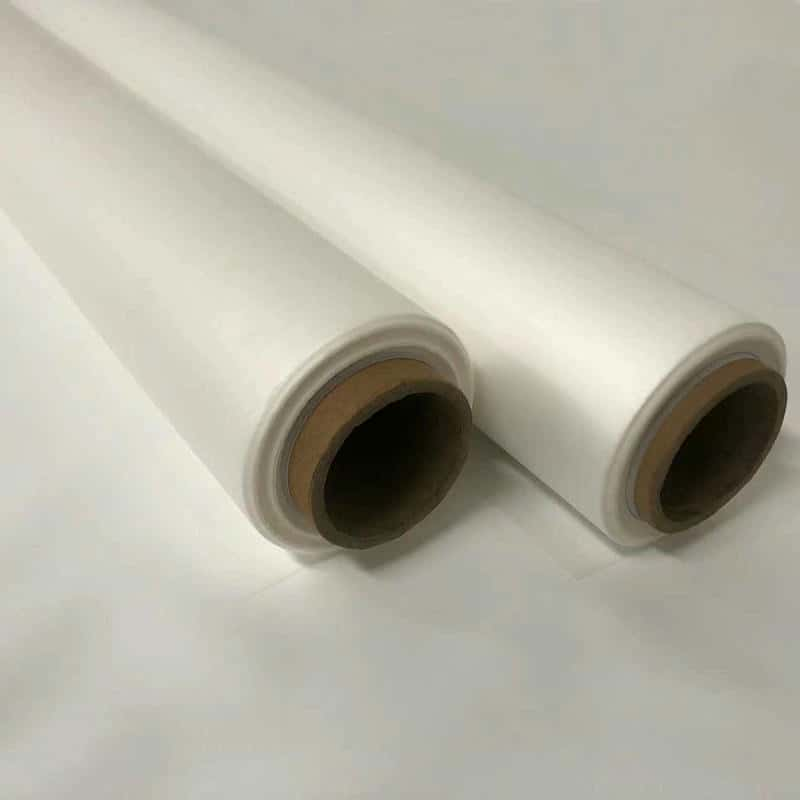application of eva film in photovoltaic cells
- 2023-06-12
- Fulian Professional Manufacturer of EVA Film
- 1015
application of eva film in photovoltaic cells

photovoltaic cell module, also known as solar cell module, is a small indivisible solar cell combination device that can provide direct current output alone. that is, multiple single solar cells are interconnected and packaged to become a module. depending on the materials used, solar cells can be divided into: silicon solar cells, multi-compound thin film solar cells, nanocrystalline solar cells, organic solar cells, etc. crystalline silicon solar cells are currently widely used on the market. this article will focus on the application of eva films in crystalline silicon solar cells.
to understand the application of eva films in crystalline silicon solar cells, you first need to have a necessary understanding of the structure of the battery. generally speaking, the battery structure includes five layers from top to bottom: "glass + eva + silicon solar cells + eva + tpt/tpe" composition, different structural layers play different functions and roles according to their material properties:
tempered glass is used to protect the main body of power generation (such as battery cells). its selection requirements are: high light transmittance (generally above 91%) and ultra-white tempered treatment.
eva film is used to bond and fix the tempered glass and the main body of the power generation. the quality of the transparent eva film directly affects the life of the module. the eva film exposed to the air is prone to aging and yellowing, thus affecting the light transmittance and power generation of the module. quality, in addition to the quality of eva itself, the lamination process of component manufacturers also has a great impact. for example, if the cross-linking degree of eva is not up to standard, and the bonding strength between eva and tempered glass and backplane is insufficient, it will cause premature aging of eva and affect the service life of components.
the main function of silicon wafers is to generate electricity. crystalline silicon solar cells have low equipment costs, but the cost of consumed cells is high, and their light point conversion efficiency is high.
the main function of eva film is to bond and encapsulate the power generation body and the backplane.
the function of the backsheet film is sealing, insulation, and waterproofing. the material must be resistant to aging. manufacturers generally use tpt or tpe materials. (thin film communication has a special article introducing photovoltaic backsheet film in the early stage)
aluminum frame, silicone, used for solar cell packaging.
eva film is a film-like product that uses eva as the main raw material, adds various modifying additives, and is fully mixed, then heated and cast extruded by production and processing equipment. this product is non-sticky at room temperature and is easy to cut and segment. since eva resin is characterized by good softness and rubber-like elasticity, it can still have good windability, transparency and surface gloss at -50°c, stable chemical properties, and good anti-aging and ozone resistance. it is non-toxic. after certain conditions of hot pressing, it will undergo melt bonding and cross-linking solidification, and become completely transparent. the cured adhesive film has very high light transmittance, bonding strength, thermal stability, air tightness and durability. aging performance.
the cured eva can withstand atmospheric changes and is elastic. it "covers and underlies" the crystalline silicon battery pack, encapsulates the crystalline silicon battery pack, and combines it with the upper protective material glass and the lower protective material tpt (polyvinyl fluoride) composite film), which is bonded into one body using vacuum lamination technology. in addition, after it is bonded with glass, it can increase the light transmittance of the glass, play an anti-reflective role, and have a gain effect on the output of the solar cell module. therefore it is an ideal packaging material for solar cell modules.
as can be seen from the above introduction, the materials, molding process, and solar cell module packaging process of the eva film used for solar cell module packaging have an important impact on the light transmittance, photoelectric conversion efficiency, and service life of the solar cell module.
eva solar photovoltaic film should have the following performance characteristics:
high light transmittance improves the photoelectric conversion efficiency of components;
reasonable cross-linking degree ensures good stability and service life of components;
excellent uv aging resistance and excellent humidity and heat aging resistance ensure that the components have a service life of up to 25 years outdoors;
low shrinkage productivity ensures dimensional stability and consistency of battery components;
at present, eva film has achieved good results in actual market applications.
thin film communication is a technical service platform focusing on the upstream and downstream industry chains of thin film. the platform takes plastic film forming formula technology as its core, and through built-in algorithms, it provides professional automatic online formula guidance, cost estimation, performance comparison, data query, market information, human resources, film monitoring and brand promotion services.
Related Information
-
What are the performance characteristics of EVA glass laminated film?
-
How to use high-transmittance EVA glass laminated film in construction
-
How to classify the types of high-transmittance EVA glass laminated films
-
eva photovoltaic film
-
laminated glass interlayer eva functional film eva-0.1mm
-
uses of eva film



